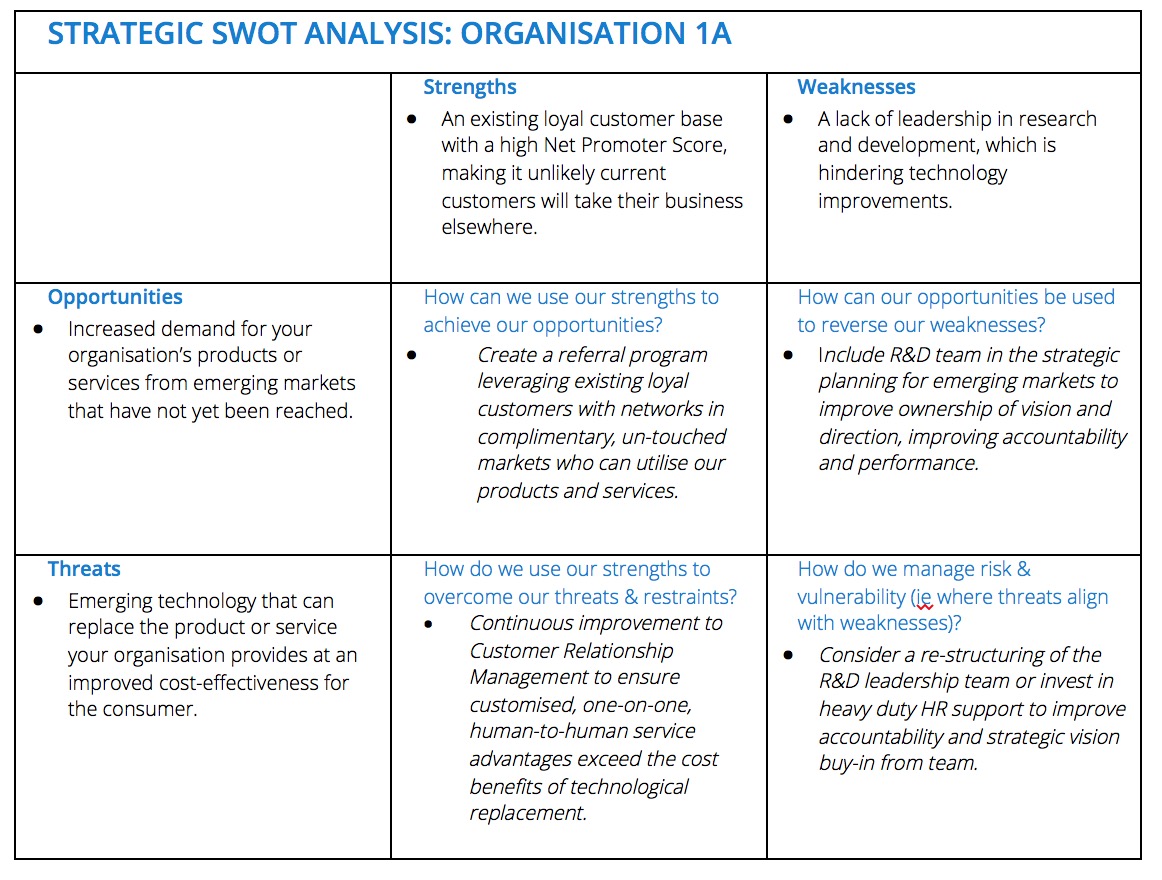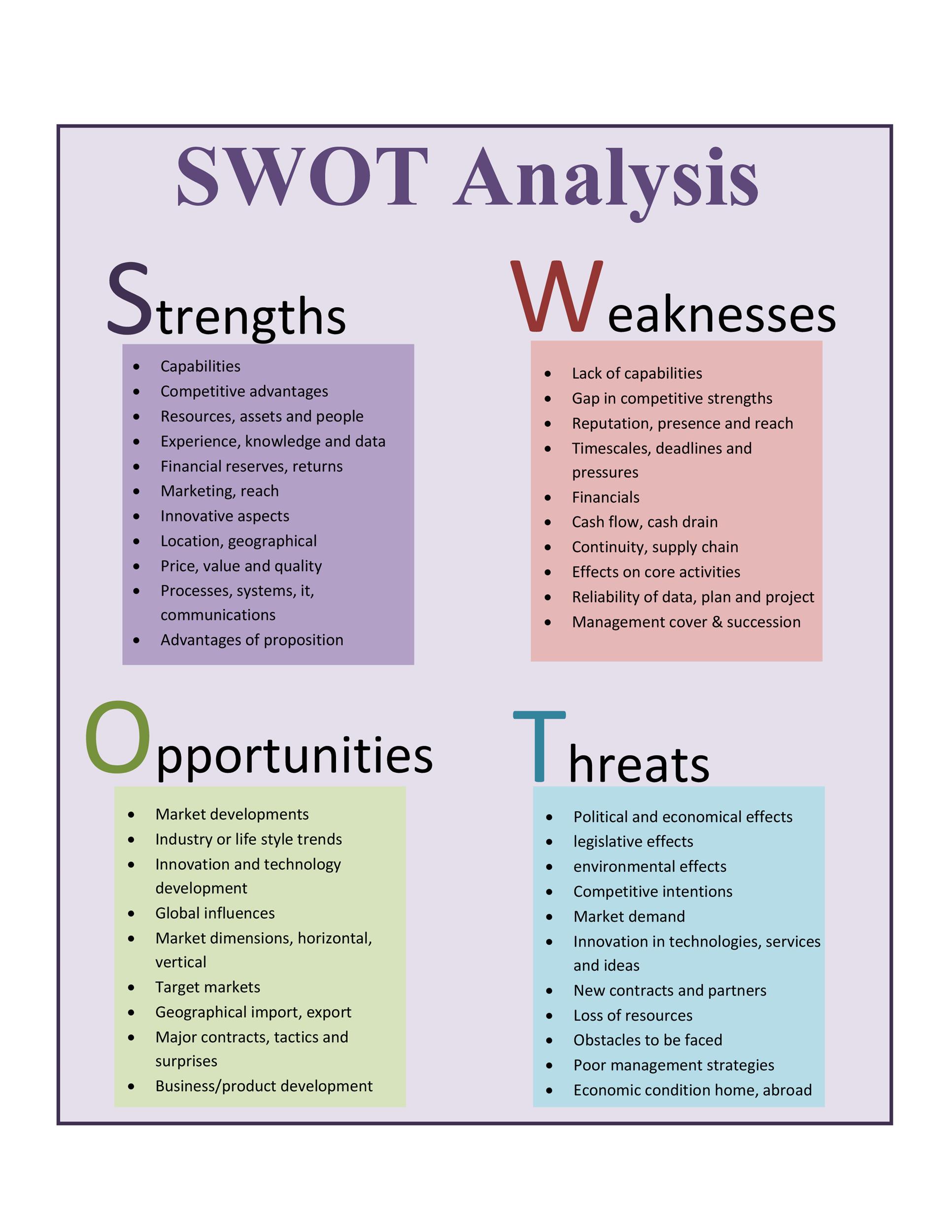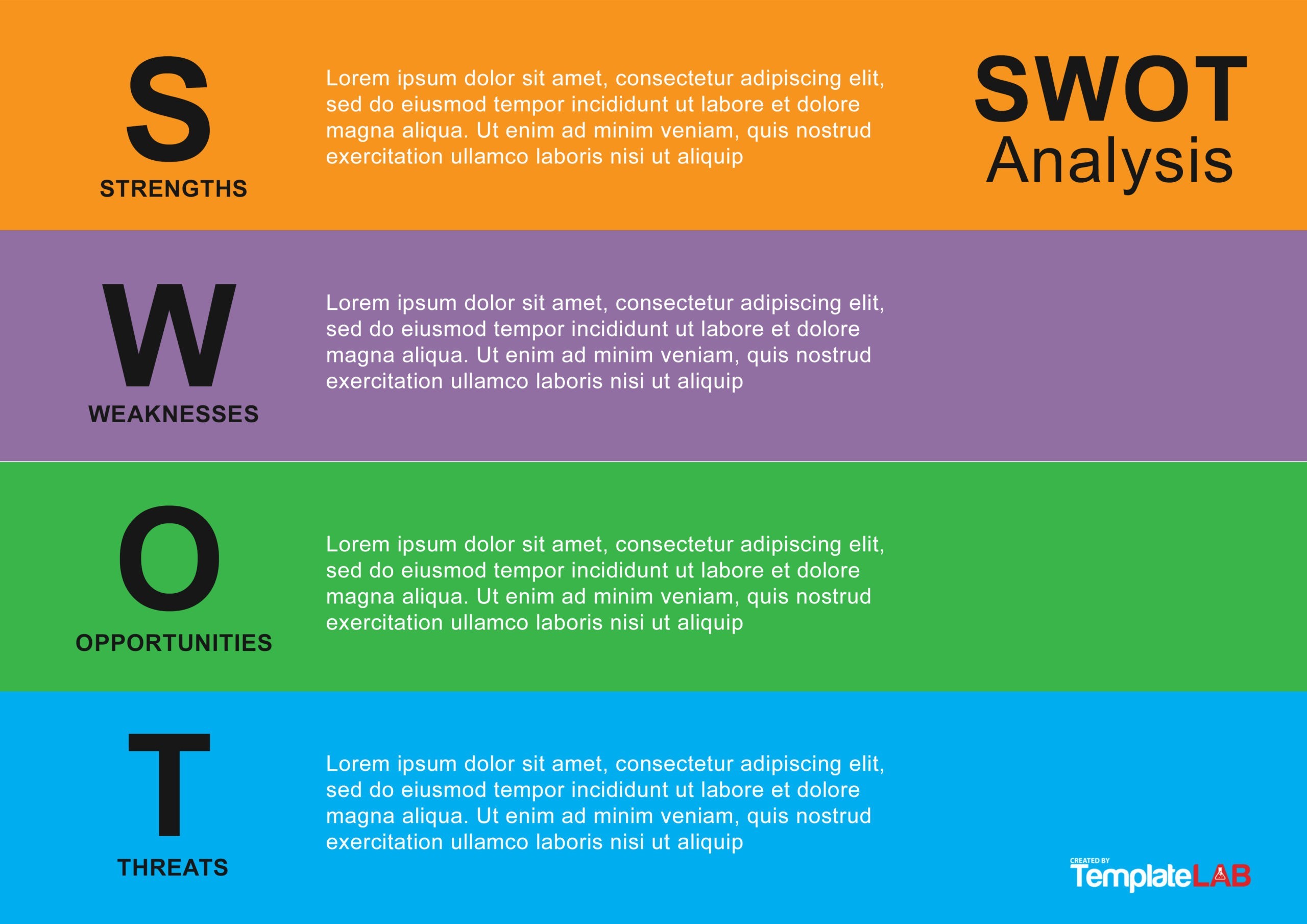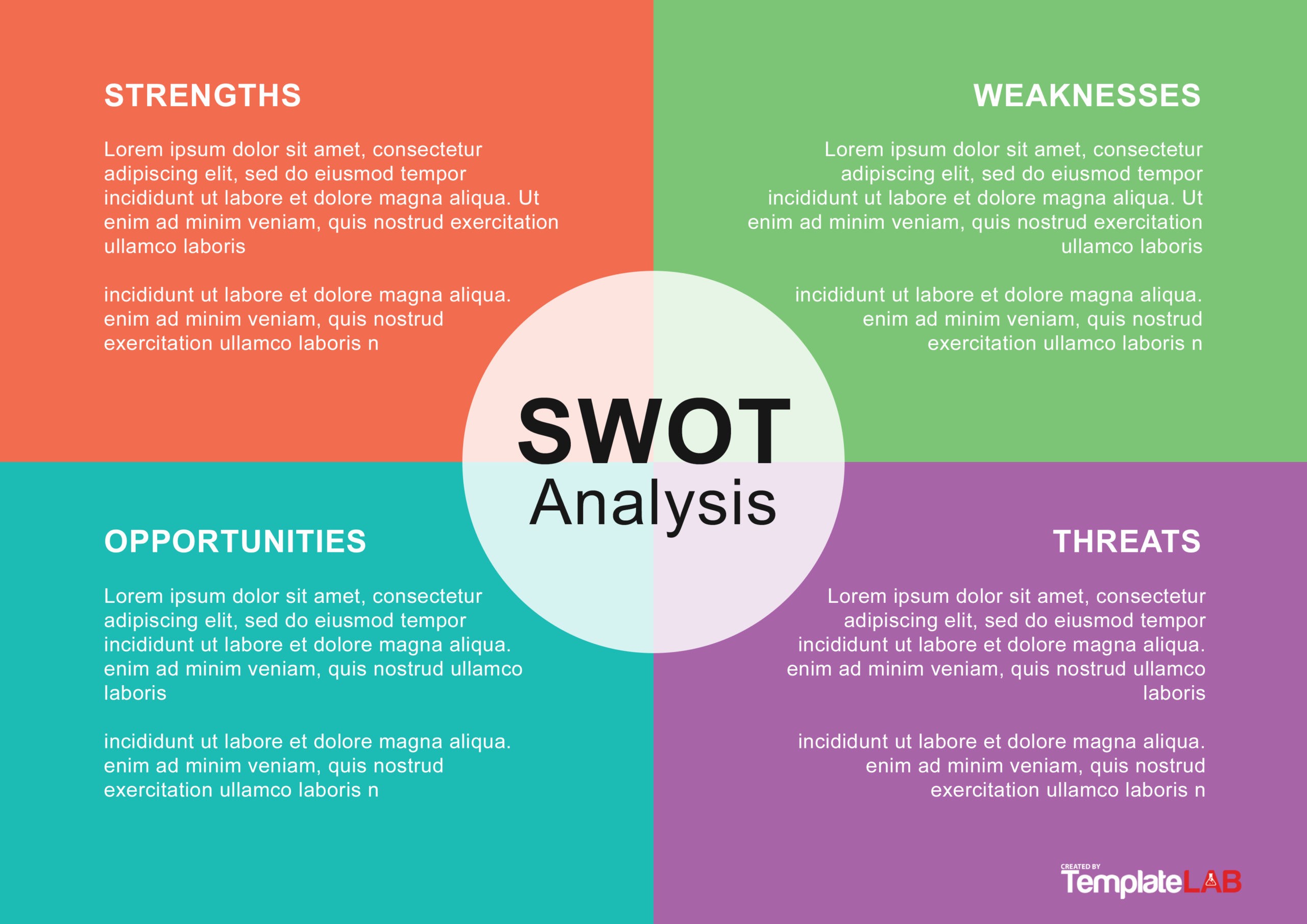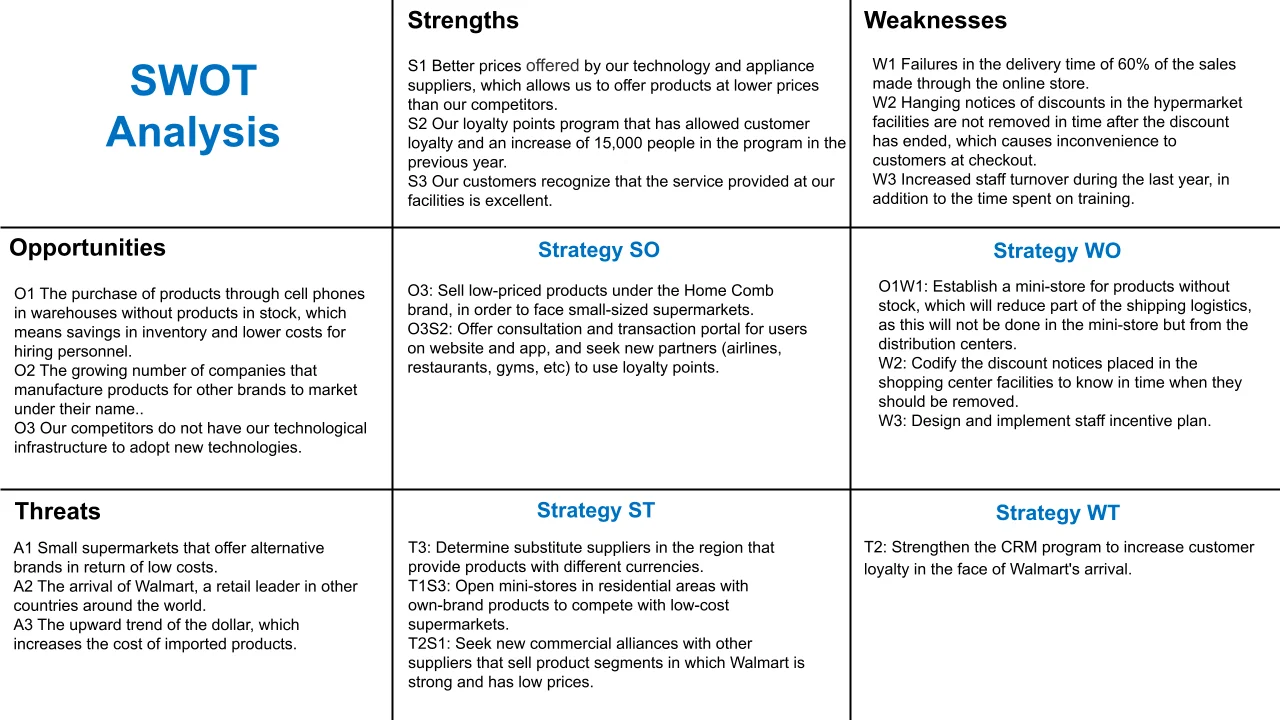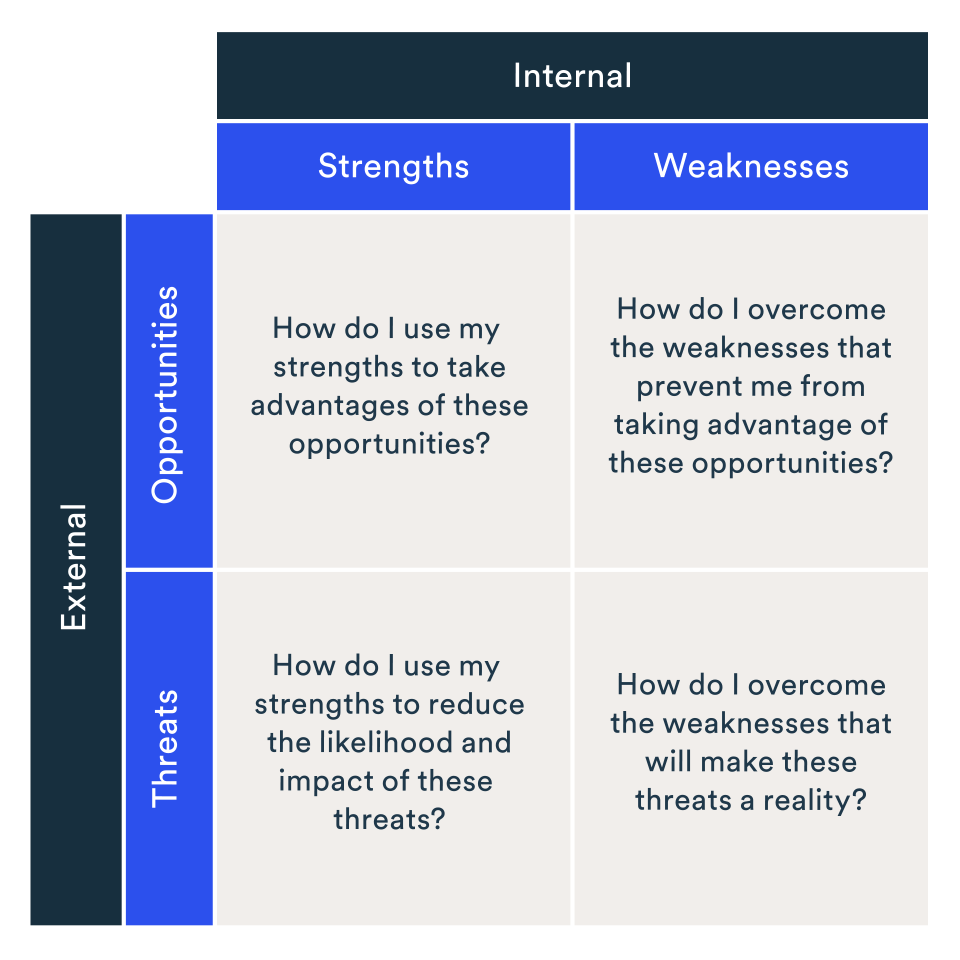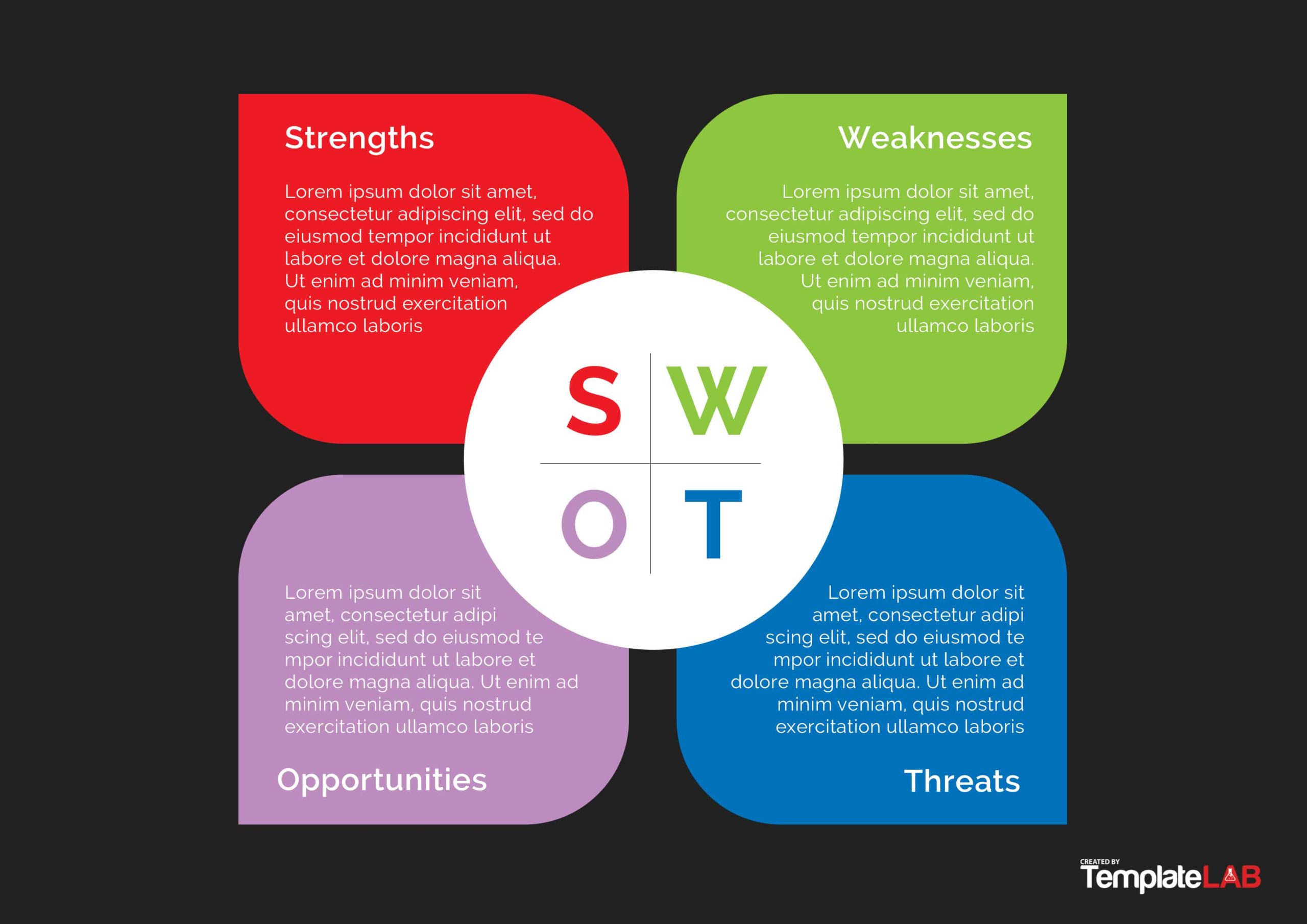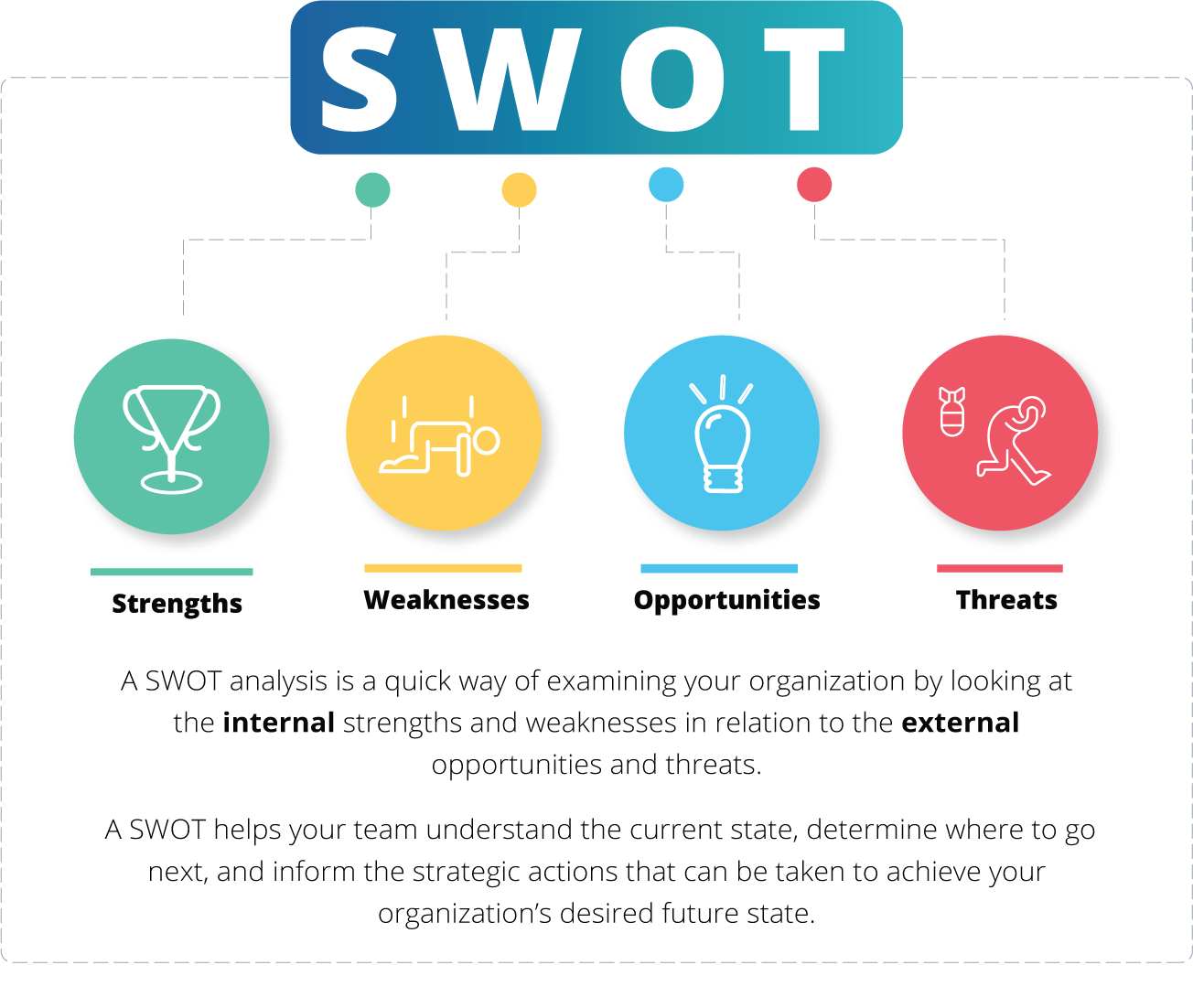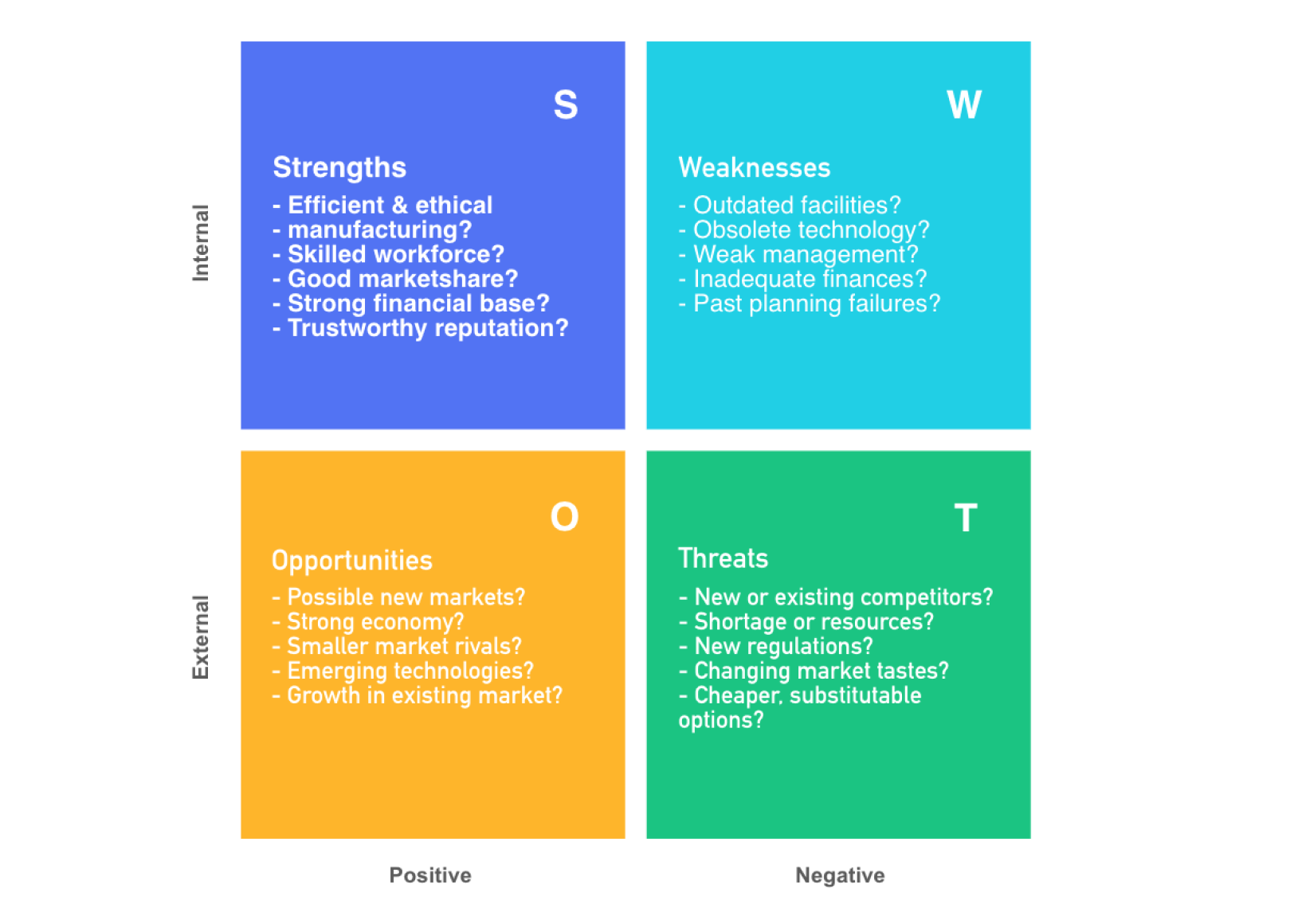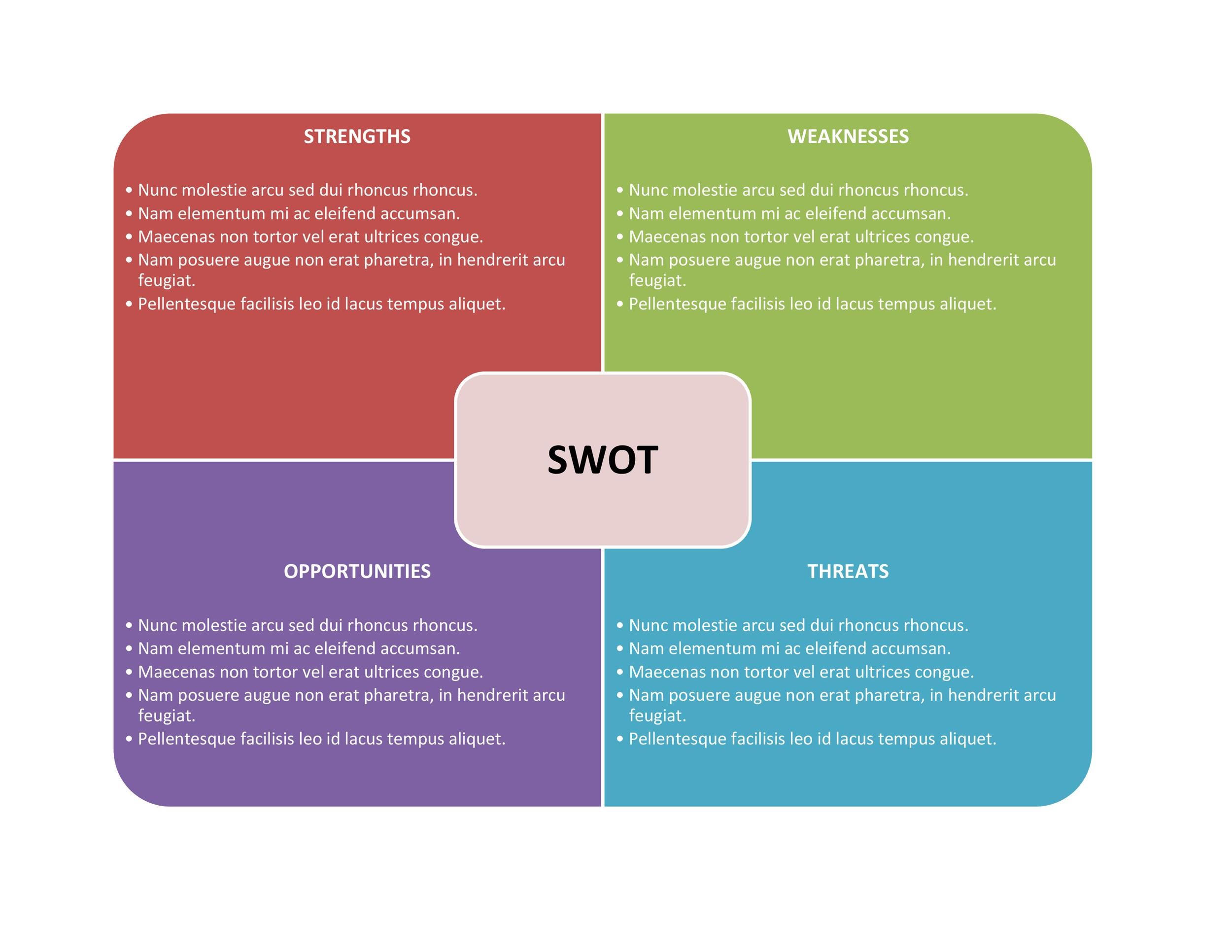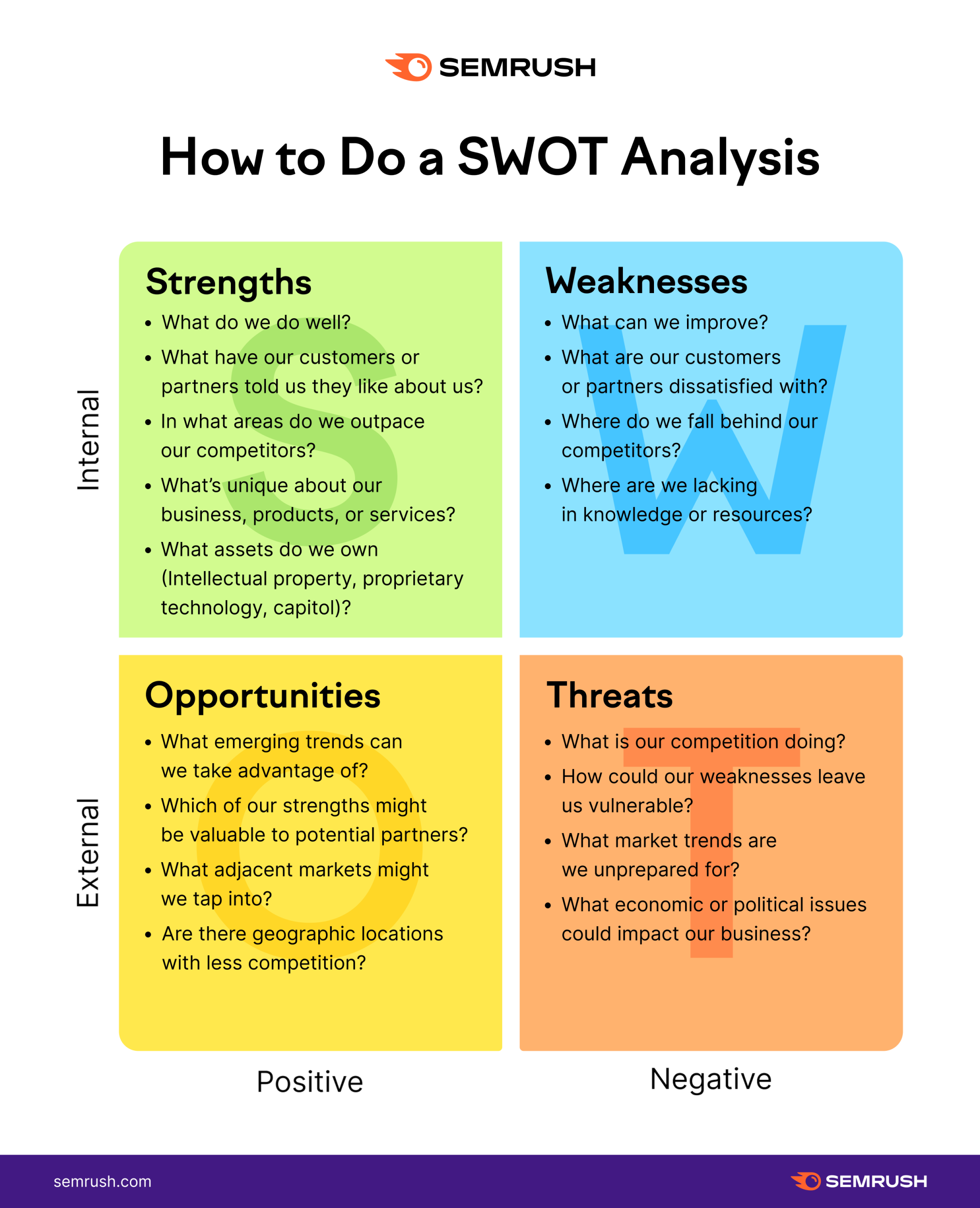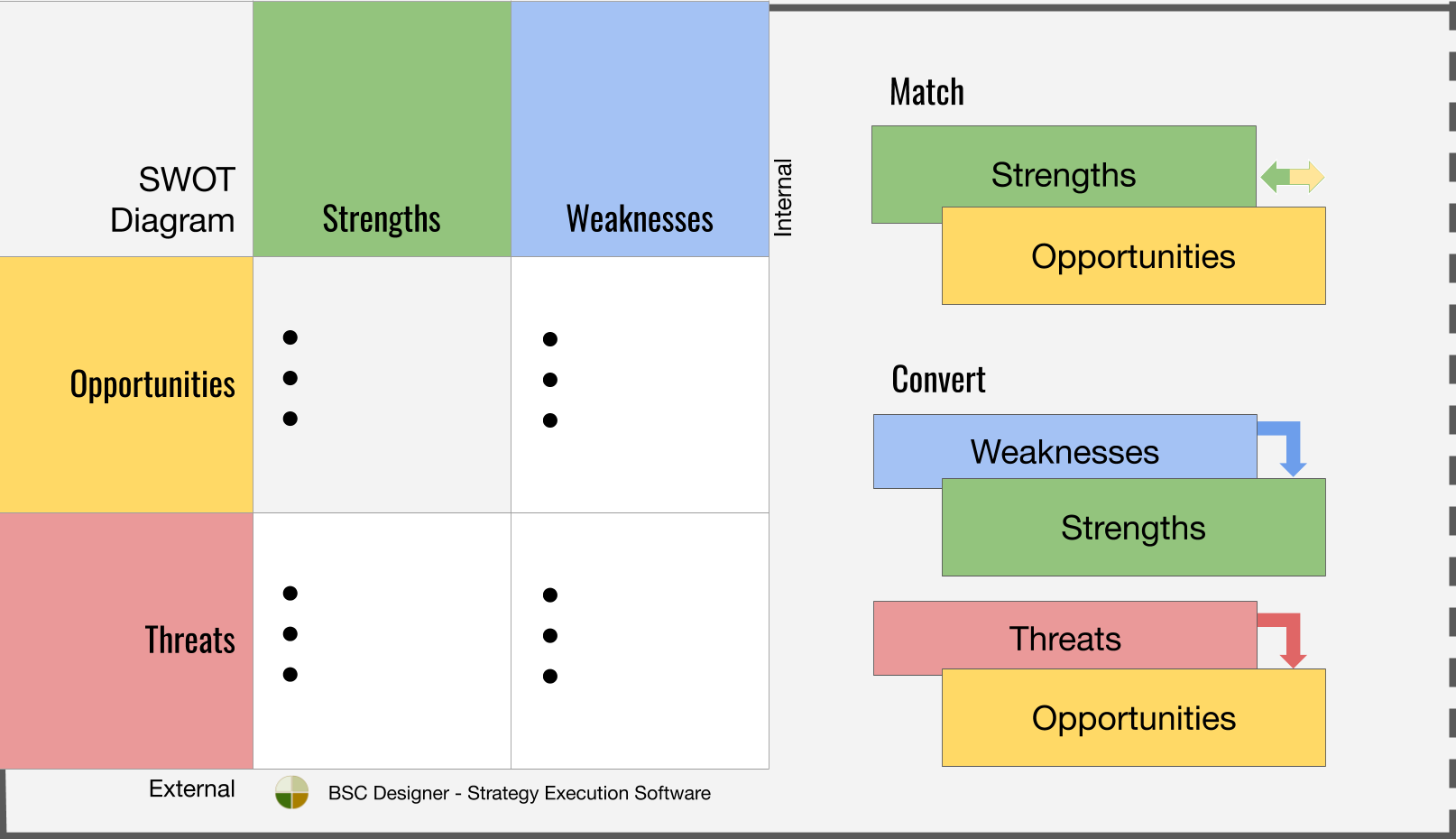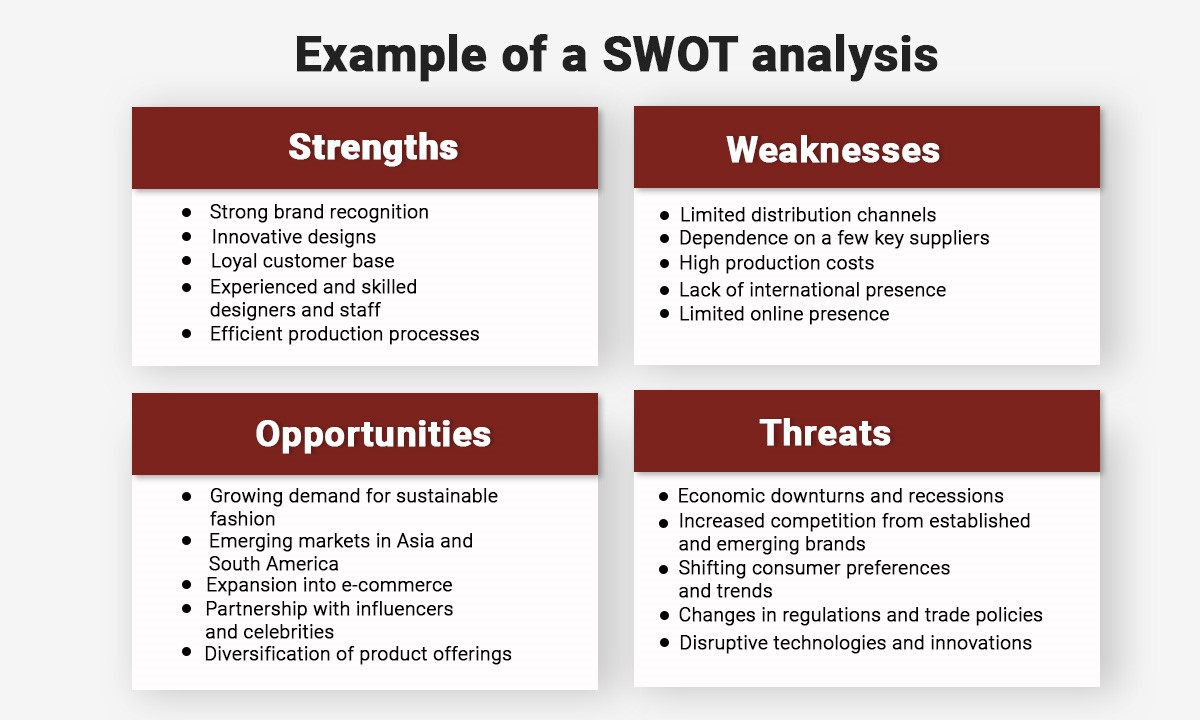Strategic Plan Swot Analysis Examples
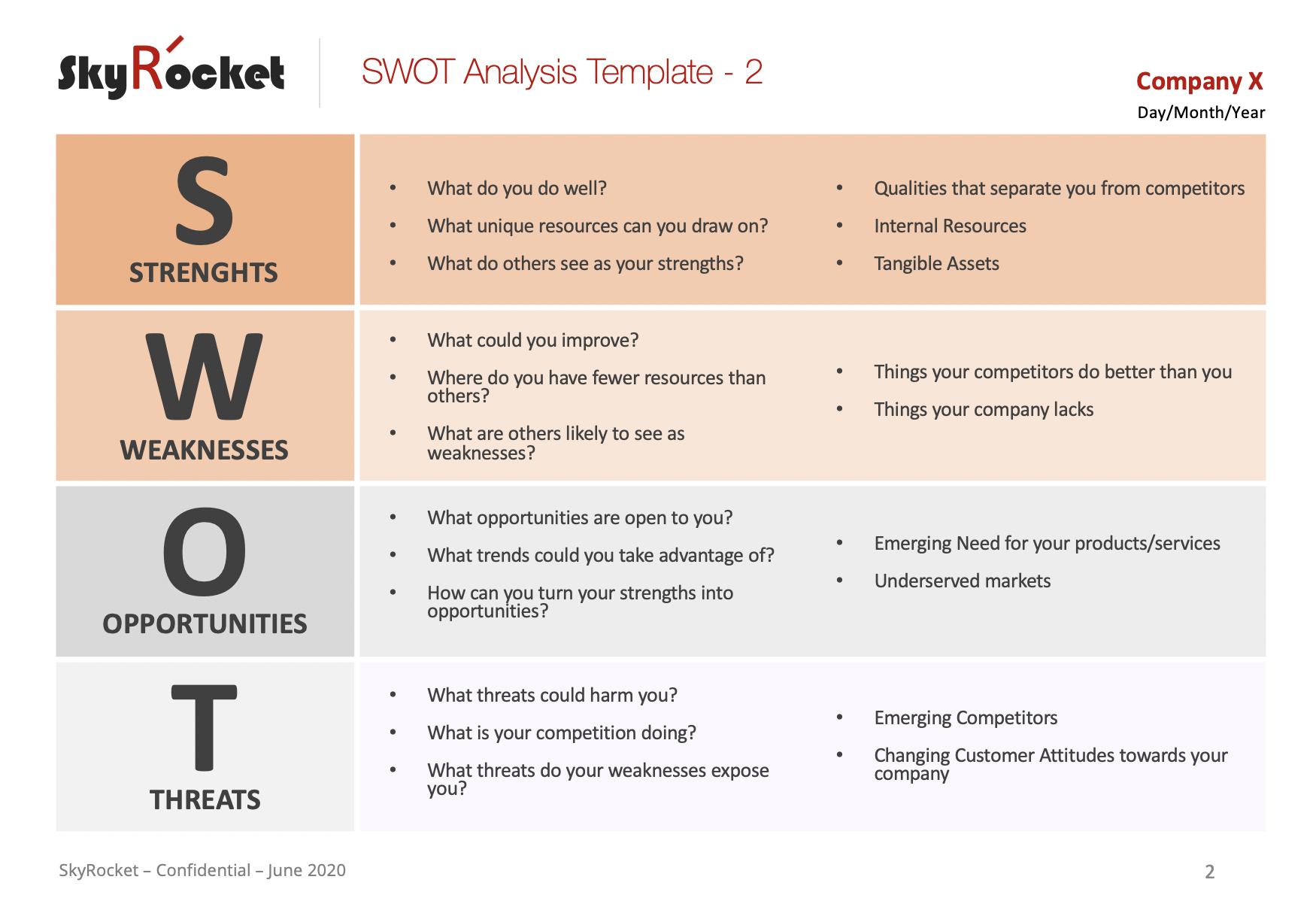
Imagine a sun-drenched room, filled with the quiet hum of focused energy. Around a large table, a team pores over charts and graphs, their faces illuminated by the glow of laptops. Markers dance across a whiteboard, capturing a whirlwind of ideas, concerns, and possibilities. They're not just brainstorming; they're crafting a strategic plan, and at its heart lies a powerful tool: the SWOT analysis.
The SWOT analysis – Strengths, Weaknesses, Opportunities, and Threats – is a foundational element in strategic planning, allowing organizations to deeply understand their current position and chart a course for future success. This article will explore how the SWOT analysis is applied in real-world scenarios, offering practical examples to illuminate its significance in strategic decision-making.
The Power of Self-Reflection: Understanding Your Landscape
The SWOT analysis provides a structured framework for self-assessment. It compels organizations to be honest about their internal capabilities and vulnerabilities, while also considering the external forces that could impact their trajectory. Think of it as a compass, guiding them through complex terrain.
Example 1: A Non-Profit Organization Expanding its Reach
Consider a non-profit organization dedicated to environmental conservation. Their strategic plan focuses on expanding their community outreach programs. The SWOT analysis might reveal the following:
Strengths: Strong community relationships, dedicated volunteer base, established reputation for successful conservation projects.
Weaknesses: Limited funding, reliance on volunteer labor, outdated technology for communication.
Opportunities: Growing public awareness of environmental issues, availability of new grant opportunities, potential partnerships with local businesses.
Threats: Competition for funding from other non-profits, potential for changes in environmental regulations, economic downturn affecting donor contributions.
This SWOT analysis helps the non-profit understand that while their strong community ties and reputation are assets, they need to address their funding limitations and technological shortcomings to capitalize on growing environmental awareness and secure new grant opportunities.
Example 2: A Small Business Entering a New Market
Imagine a local bakery considering expansion into a new neighborhood. A SWOT analysis would be crucial in assessing the viability of this venture.
Strengths: High-quality products, loyal customer base at existing location, unique recipes.
Weaknesses: Limited brand recognition in the new neighborhood, limited marketing budget, reliance on owner's personal involvement.
Opportunities: Untapped market in the new neighborhood, potential for partnerships with local coffee shops, growing demand for artisanal baked goods.
Threats: Competition from established bakeries, potential for increased rent and labor costs, changing consumer preferences.
The bakery can see that its product quality and loyal customers are solid strengths, but the lack of brand awareness and limited budget require a targeted marketing strategy and a careful analysis of operating costs in the new location. They might explore partnerships to quickly gain visibility.
Turning Insights into Action: From Analysis to Strategy
The true power of a SWOT analysis lies not just in identifying strengths, weaknesses, opportunities, and threats, but in leveraging these insights to formulate actionable strategies. For example, a company might use its strengths to capitalize on opportunities, or address weaknesses to mitigate threats.
Example 3: A Technology Company Adapting to Market Changes
A software company facing increasing competition might conduct a SWOT analysis to reassess its strategic direction.
Strengths: Highly skilled engineering team, innovative product development process, strong intellectual property portfolio.
Weaknesses: Slow time-to-market for new products, limited marketing reach, higher prices than competitors.
Opportunities: Growing demand for cloud-based solutions, emerging markets with high growth potential, potential acquisitions of smaller innovative companies.
Threats: Intense competition from larger companies, rapid technological advancements, changing customer preferences.
This analysis reveals that the company's engineering prowess and innovation are key strengths. To overcome its weaknesses and capitalize on opportunities, the company might streamline its product development process, expand its marketing efforts to reach new markets, and explore offering cloud-based solutions at more competitive prices.
The SWOT analysis is not a one-time exercise. It should be revisited regularly to reflect changing market conditions and internal capabilities. By continuously assessing their strengths, weaknesses, opportunities, and threats, organizations can ensure their strategic plans remain relevant and effective.
The Enduring Relevance of SWOT
In the ever-evolving landscape of business and organizational development, the SWOT analysis remains a constant, a reliable framework for understanding and navigating complexity. By encouraging honest self-reflection and strategic thinking, it empowers organizations to not just survive, but thrive, in the face of uncertainty. The quiet hum of strategic planning, fueled by the insights of a well-executed SWOT analysis, is the sound of progress, of adaptation, and of a future being actively shaped.
